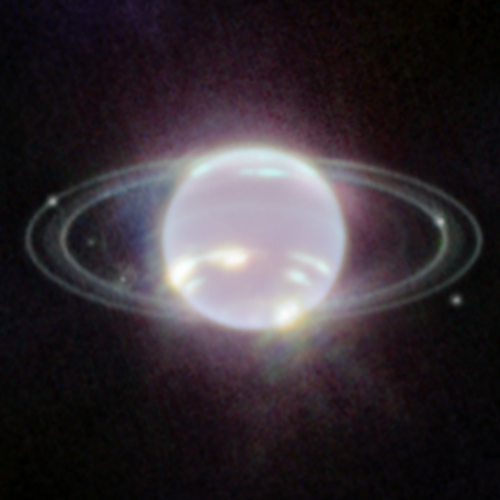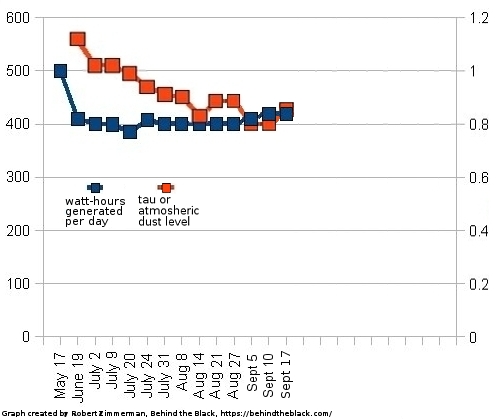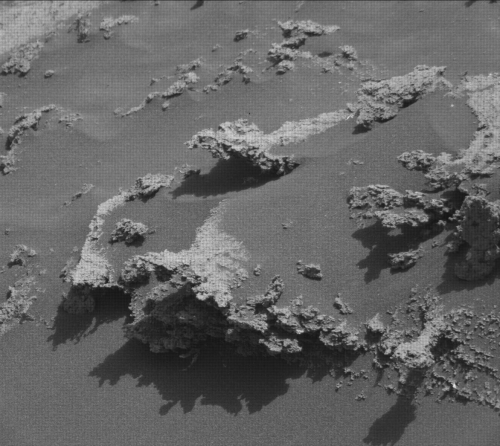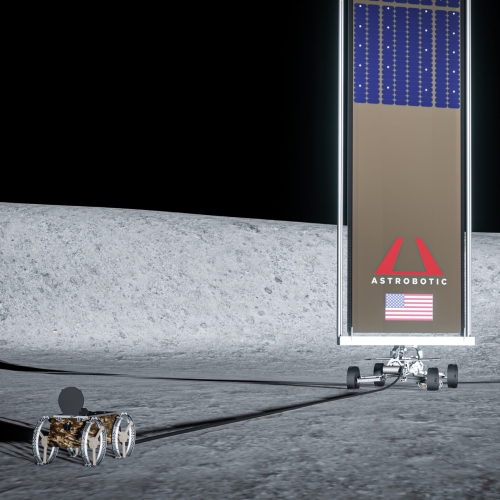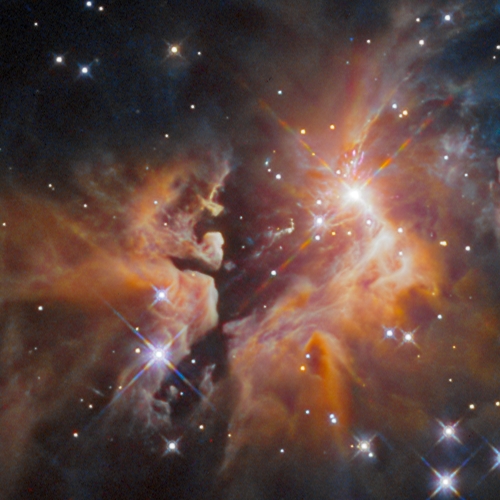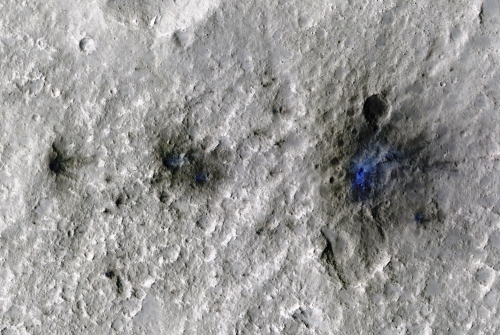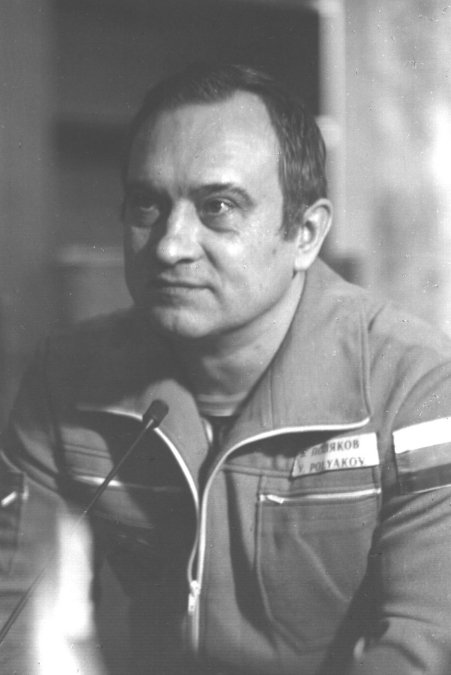Musk: Starship orbital attempt by November, at the latest
According to a tweet yesterday by Elon Musk, SpaceX engineers will likely have the first orbital prototypes of Starship and Superheavy ready for the orbital attempt either late in October, or by November. His full tweet:
Late next month maybe, but November seems highly likely. We will have two boosters & ships ready for orbital flight by then, with full stack production at roughly one every two months. [emphasis mine]
The highlighted words are the most significant. SpaceX is not building one rocket for test, like NASA has done with SLS. It is building an assembly line of test rockets, so that it can do a fast series of test launches plus upgrades, leading to quick and reliable operations. Should any one rocket launch fail, the company will speedily move on to the next, with little or no delay.
Should SLS fail in its first test launch sometime in the next month, NASA has no back-up. The entire program will be shattered, with no easy way to recover.
According to a tweet yesterday by Elon Musk, SpaceX engineers will likely have the first orbital prototypes of Starship and Superheavy ready for the orbital attempt either late in October, or by November. His full tweet:
Late next month maybe, but November seems highly likely. We will have two boosters & ships ready for orbital flight by then, with full stack production at roughly one every two months. [emphasis mine]
The highlighted words are the most significant. SpaceX is not building one rocket for test, like NASA has done with SLS. It is building an assembly line of test rockets, so that it can do a fast series of test launches plus upgrades, leading to quick and reliable operations. Should any one rocket launch fail, the company will speedily move on to the next, with little or no delay.
Should SLS fail in its first test launch sometime in the next month, NASA has no back-up. The entire program will be shattered, with no easy way to recover.




